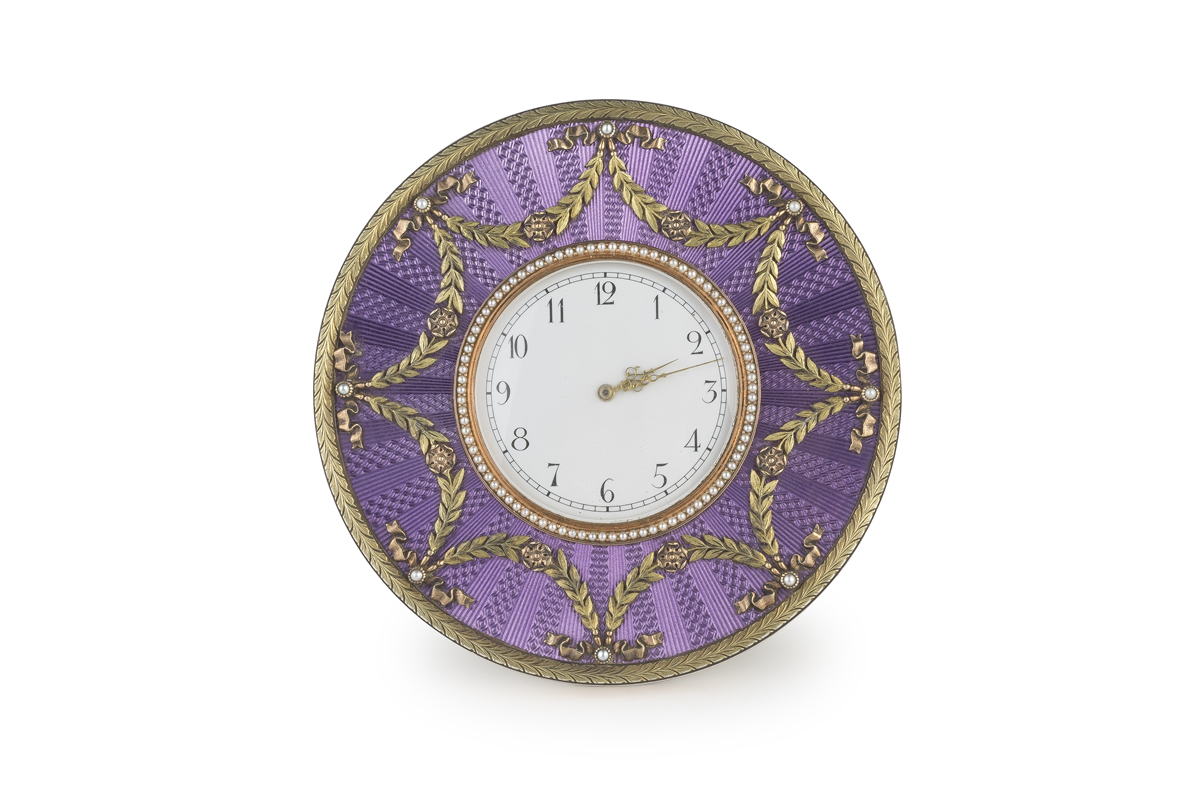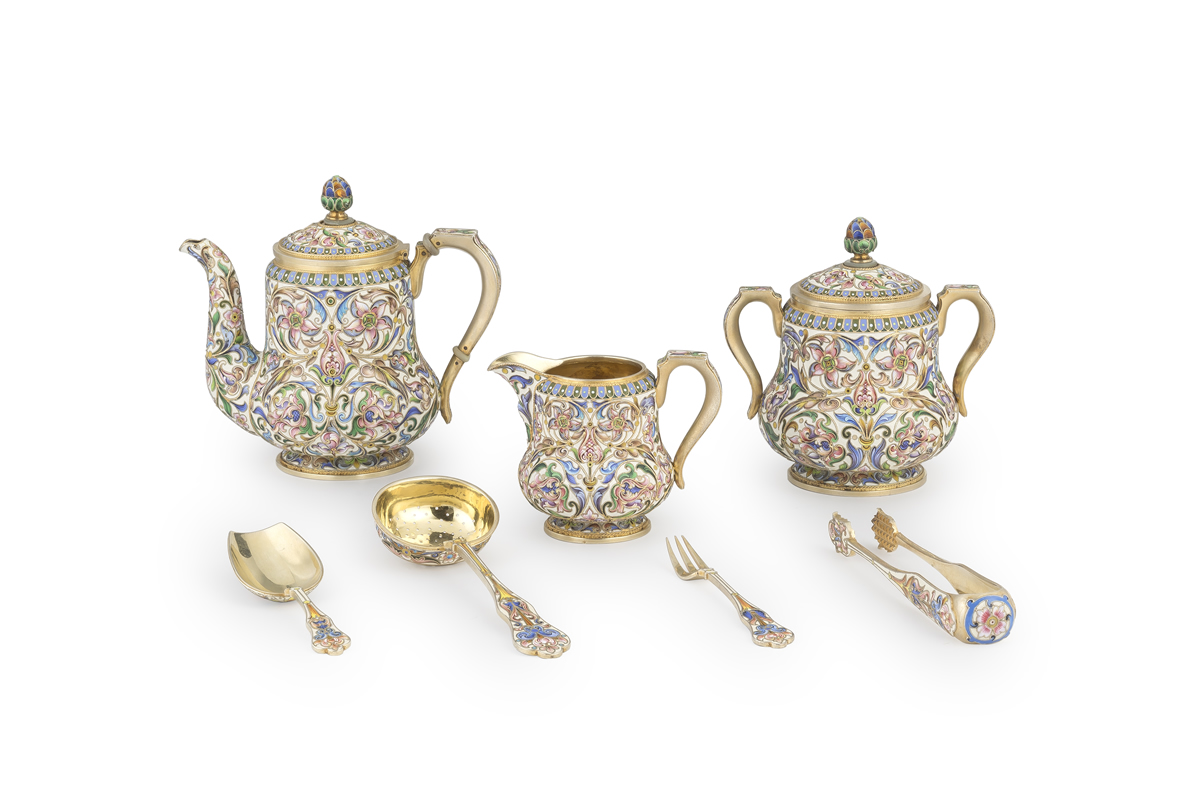In the Russia of the Tsars that was competing for splendour and opulence with the great European Courts between the Belle Époque and the Bolshevik Revolution of 1917, Peter Carl Fabergé was considered to be one of the most important goldsmiths and jewellers of the time. His works interpreted French eighteenth-century art according to popular opinion in Russia and they were influenced especially by the floral curves of Art Nouveau as well as the harsher style of the Empire.
Born in Petersburg on 30th May 1846 where his father, Gustav, of Huguenot origin, had established himself in 1842 to open a jeweller’s, he studied in the city and toured Western Europe in order to become better prepared to take over his father’s business, as indeed happened in 1870. Carl Fabergé’s atelier soon reached its peak and employed more than five hundred employees from ordinary workers to master designers. He opened branches in Moscow, Kiev, Odessa and London and used other important jewellers’ workshops. In 1885, he was appointed Imperial Silversmith and Jeweller.
Fabergé’s fame soon also spread throughout Western Europe and attracted, therefore, exceptionally important customers from High Society, especially Britain’s High Society. In 1900, he was decorated with the Légion d’Honneur on the occasion of the Paris International Exhibition. A splendid example of his sublime mastery was a round watch in silver-gilt, pearled enamel and ivory created in around 1890.
Equally talented was the famous and eclectic Fedor Ruckert, born in Moscow in a family of German origin. Even though he had his own workshop in Moscow from 1887 he started working with the atelier of Carl Fabergé and he continued working until the Bolshevik Revolution. The maestro was known especially for his ability as a highly original enamellist and his works, of the utmost quality, were sold both to his own customers as well as to important workshops in Moscow such as Kurlykov e Ovchinnikov. For this latter workshop he made a gorgeous travelling tea service in silver-gilt and cloisonné enamel with a teapot, sugar bowl, milk jug, tea strainer, fork and tongs. It was made in Moscow in 1890 and bears his mark as well as the marks of the Imperial Household.


